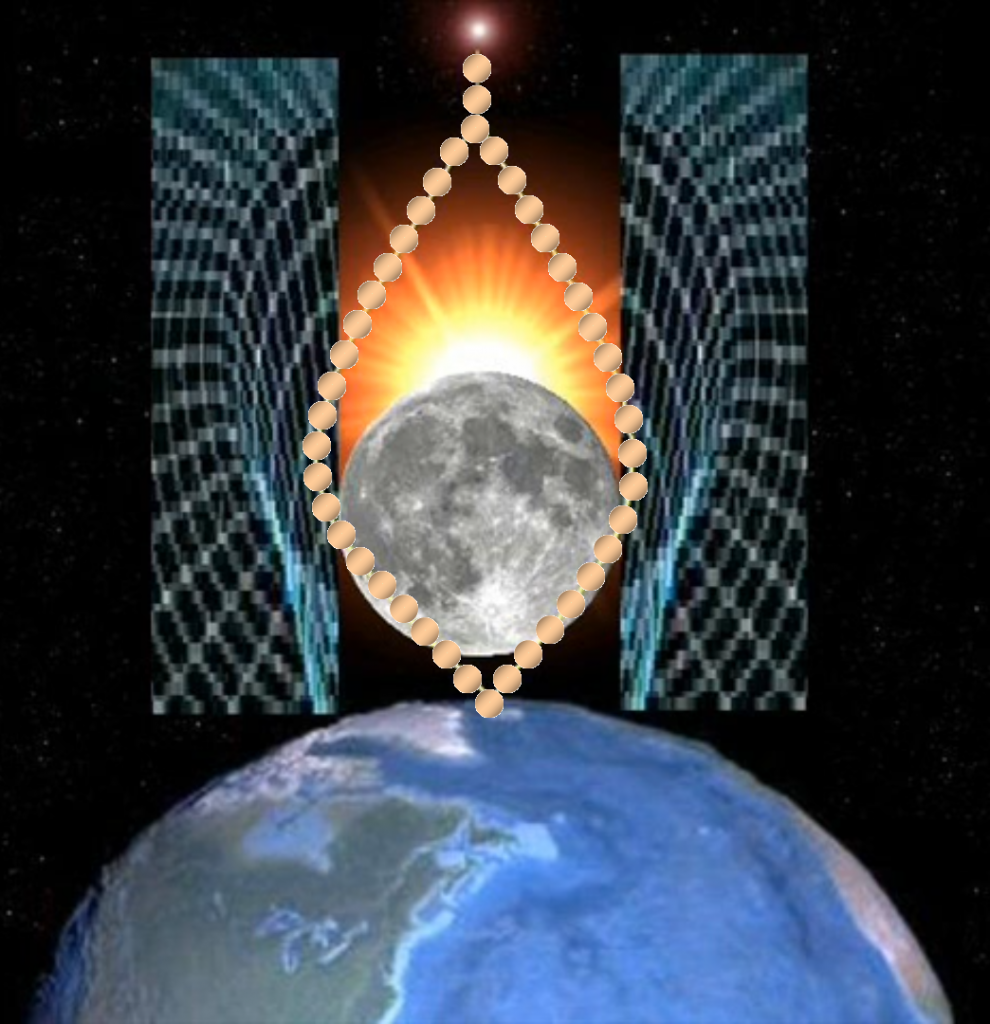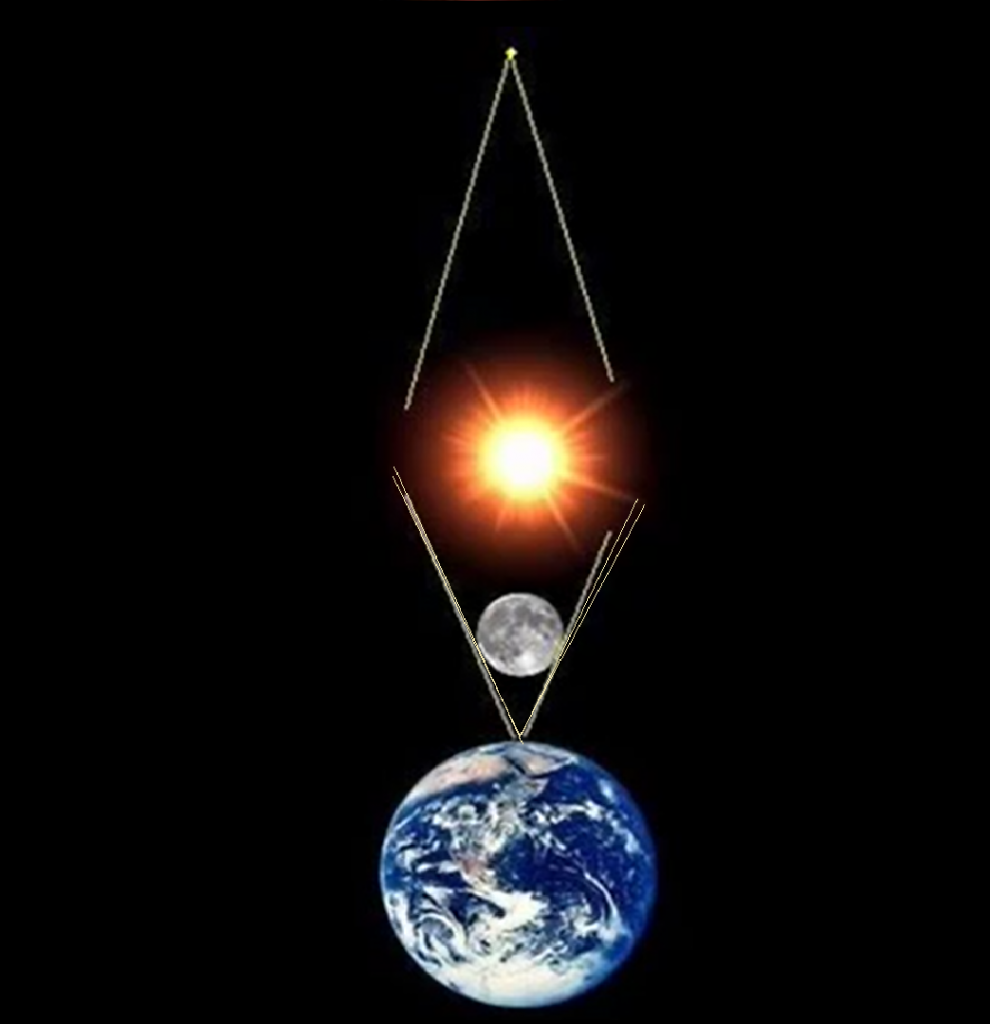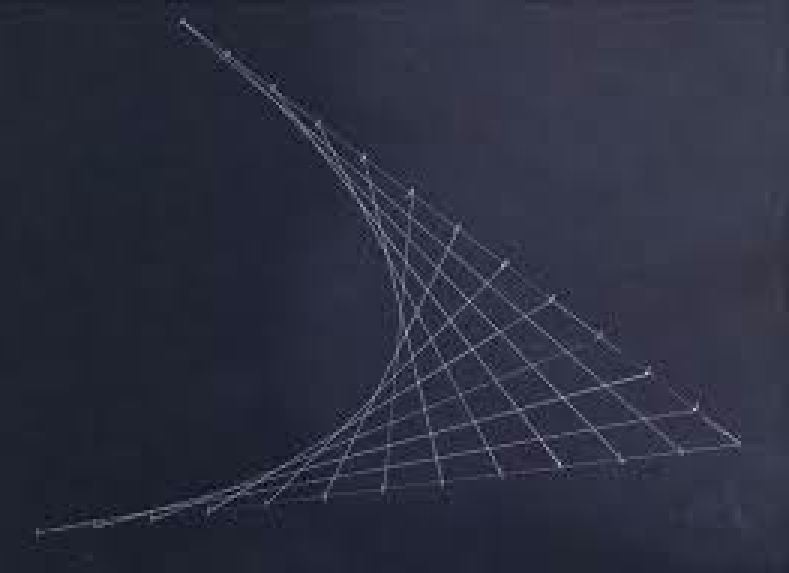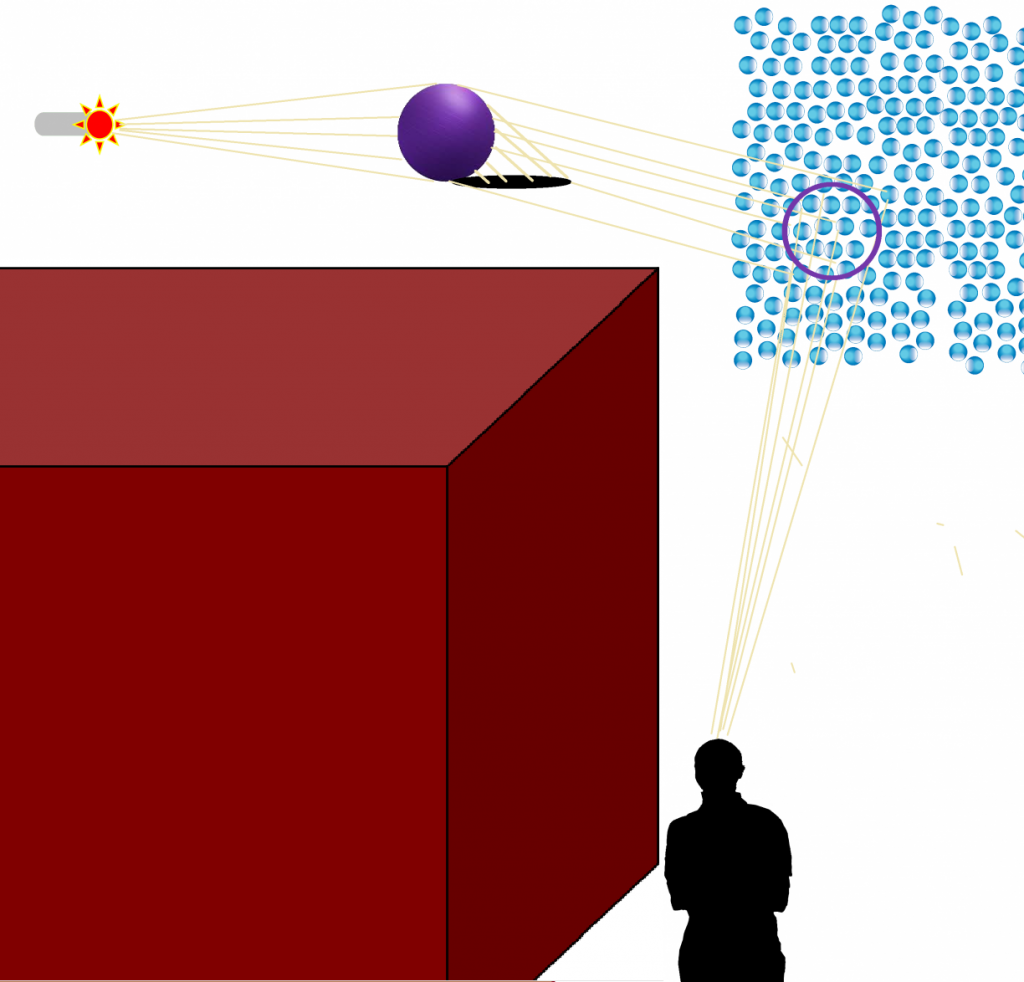The 21 Century Paradigm Shift for Light and Gravity




Copyright © 2024 The Rope Hypothesis
We noticed you're visiting from Germany. We've updated our prices to Euro for your shopping convenience. Use United States (US) dollar instead. Dismiss